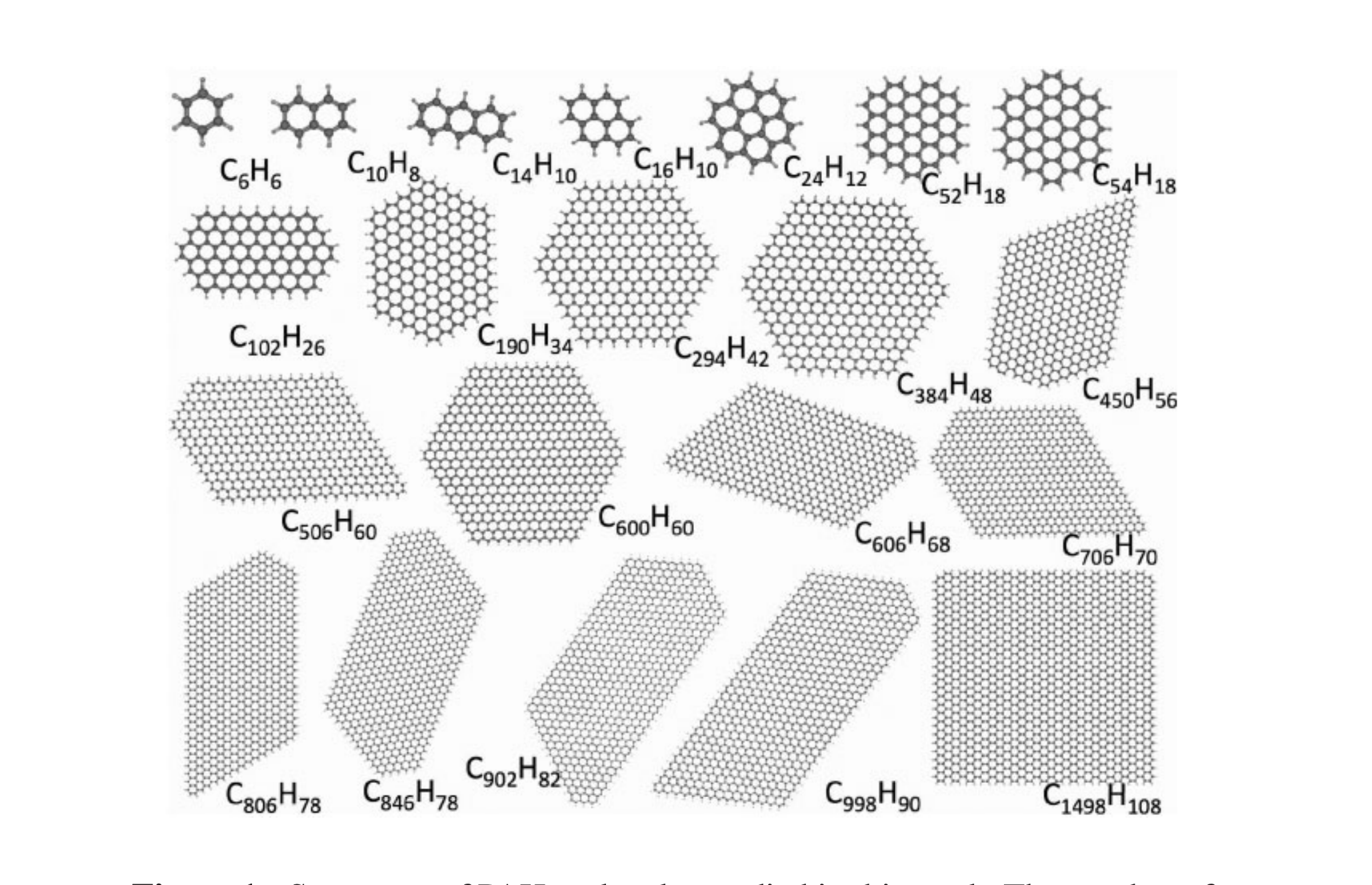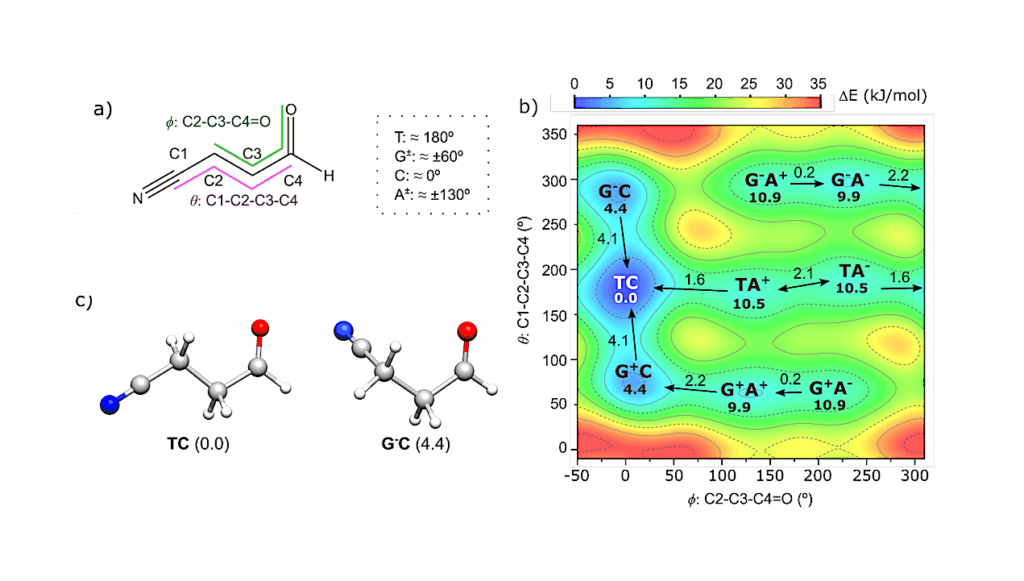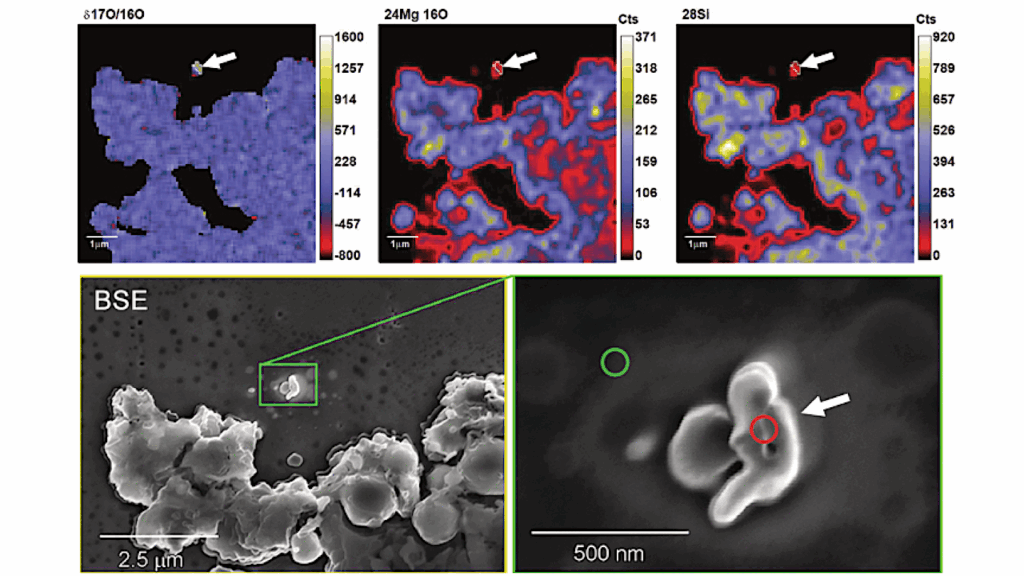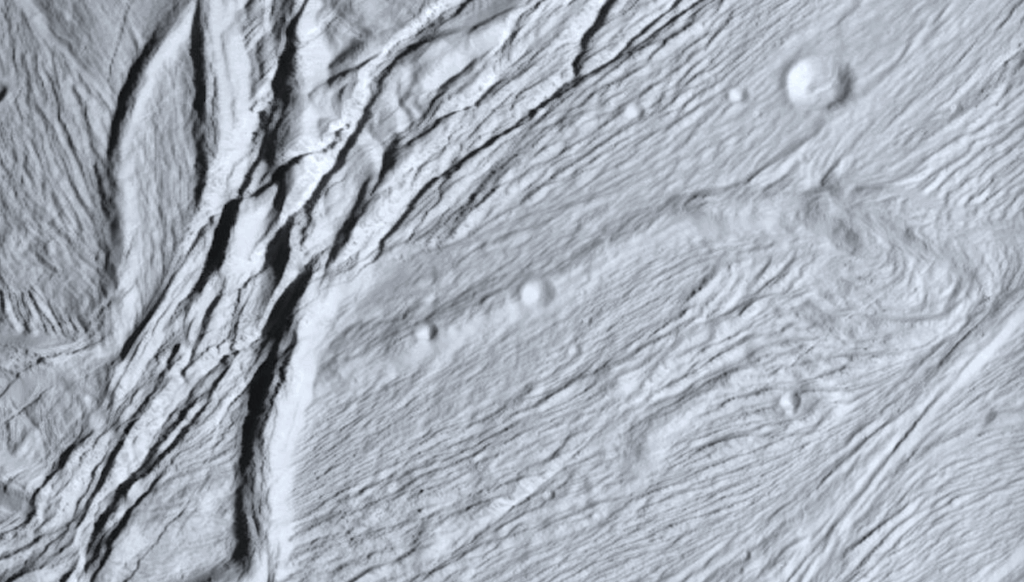Probing Computational Methodologies In Predicting Mid-infrared Spectra For Large Polycyclic Aromatic Hydrocarbons

We extend the prediction of vibrational spectra to large sized polycyclic aromatic hydrocarbon (PAH) molecules comprising up to ~ 1500 carbon atoms by evaluating the efficiency of several computational chemistry methodologies.
We employ classical mechanics methods (Amber and Gaff) with improved atomic point charges, semi-empirical (PM3, and density functional tight binding), and density functional theory (B3LYP) and conduct global optimizations and frequency calculations in order to investigate the impact of PAH size on the vibrational band positions.
We primarily focus on the following mid-infrared emission bands 3.3, 6.2, 7.7, 8.6, 11.3, 12.7, and 17.0 microns. We developed a general Frequency Scaling Function (FSF) to shift the bands and to provide a systematic comparison versus the three methods for each PAH. We first validate this procedure on IR scaled spectra from the NASA Ames PAH Database, and extend it to new large PAHs.
We show that when the FSF is applied to the Amber and Gaff IR spectra, an agreement between the normal mode peak positions with those inferred from the B3LYP/4-31G model chemistry is achieved. As calculations become time intensive for large sized molecules Nc > 450, this proposed methodology has advantages. The FSF has enabled extending the investigations to large PAHs where we clearly see the emergence of the 17.0 microns feature, and the weakening of the 3.3 microns one.
We finally investigate the trends in the 3.3 microns 17.0 microns PAH band ratio as a function of PAH size and its response following the exposure to fields of varying radiation intensities.
Boutheïna Kerkeni, Ismael García-Bernete, Dimitra Rigopoulou, David P. Tew, Patrick F. Roche, David C. Clary
Comments: 19 pages, 12 figures
Subjects: Astrophysics of Galaxies (astro-ph.GA)
Cite as: arXiv:2210.00955 [astro-ph.GA] (or arXiv:2210.00955v1 [astro-ph.GA] for this version)
Journal reference: 513, 2022, 3663
Related DOI:
https://doi.org/10.1093/mnras/stac976
Focus to learn more
Submission history
From: Bouheïna Kerkeni Dr
[v1] Mon, 26 Sep 2022 20:36:35 UTC (2,570 KB)
https://arxiv.org/abs/2210.00955
Astrobiology, Astrochemistry








